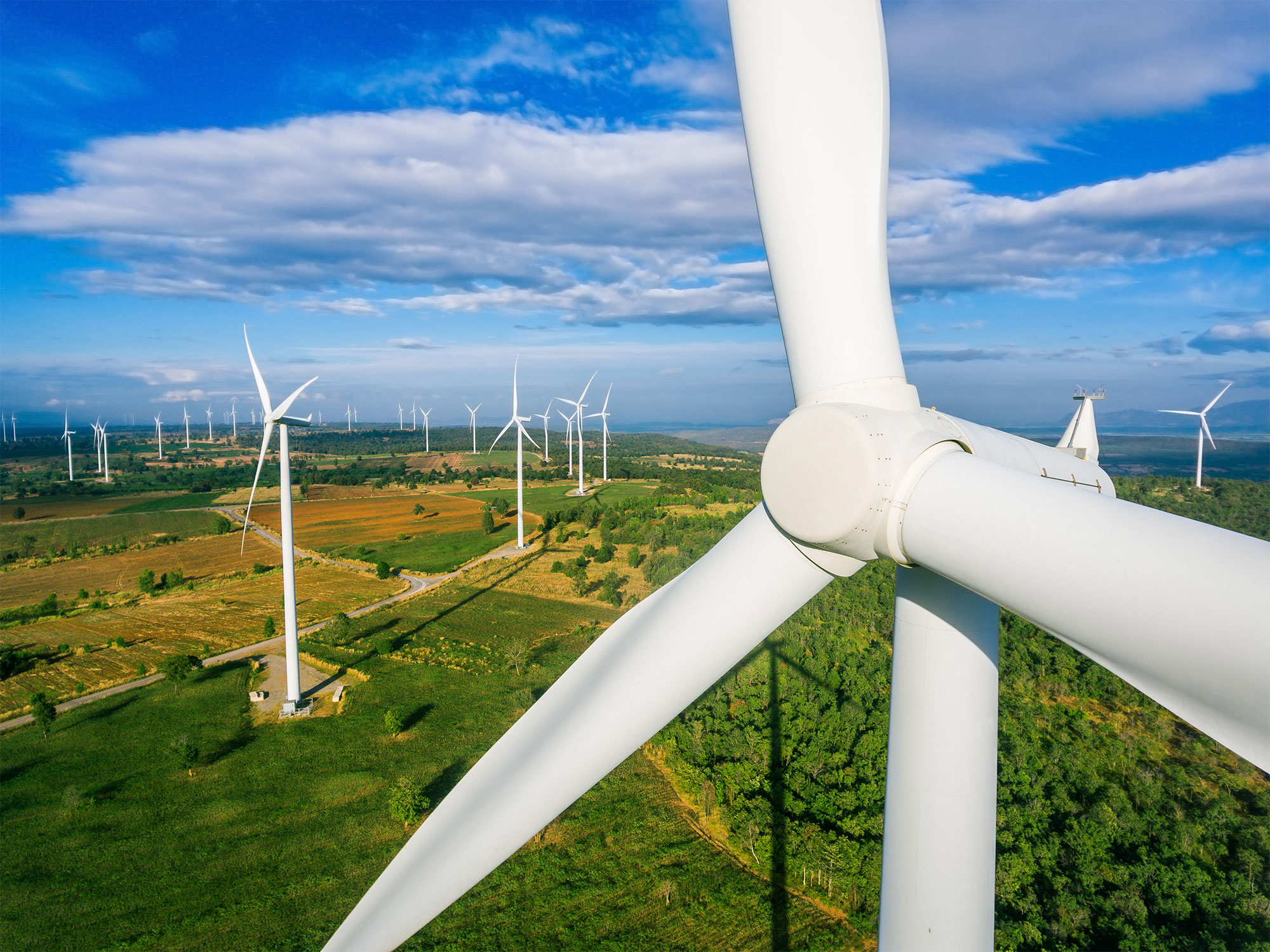PIBE project
Providing wind energy operators and residents of wind farms with new tools and knowledge to better understand the risk of noise pollution at each stage of a wind farm's life
Context
Despite the relatively moderate noise levels radiated by wind turbines, in comparison with those associated with transportation sources for instance, an annoyance can be reported when specific situations occur. Currently the only solutions to limit the noise emissions available to a wind operator is to reduce the activity of the wind farm by restricting or stopping the machines during critical periods, inevitably leading to a decrease in the wind farm energetic efficiency.
The reported noise annoyance is often related to the particular nature of the radiated sound signal that may present significant temporal fluctuations (amplitude modulation). Wind turbine noise may also contain important low-frequency components (audible or not) that can propagate over large distances. It may also have intermittent phenomena that potentially come from non-optimal wind turbine settings (stall noise for instance). If the existence of these phenomena is well known, their modeling represents nowadays a scientific challenge and their integration into noise prediction methods an operational challenge.

Expected results
The objective of the project is to provide wind energy professionals and residents of wind farms with new tools to better understand the risk of noise pollution at each stage of a wind farm's life in order to ensure compliance with regulatory requirements regarding the exposure of local populations.
Works on the study of aerodynamic noise will enable manufacturers, or companies in charge of equipment maintenance, to better understand noise generation phenomena, in order to better optimize wind energy equipment in the future
In addition to the work on noise emissions, the work on acoustic propagation will provide a wind farm developers with a better knowledge of global uncertainties on acoustic predictions, thus enabling them to better estimate the risk of annoyance and optimize its wind farm from the development phase.
Works on noise reduction solutions will propose innovative solutions that reduce noise at source, thus enabling a wind operator to deal with situations at risk during the operational phase, without necessarily having to lower the activity of the wind farm which very often have negative repercussions on the energy and economic profitability of the wind farm, whether located inshore or offshore.
